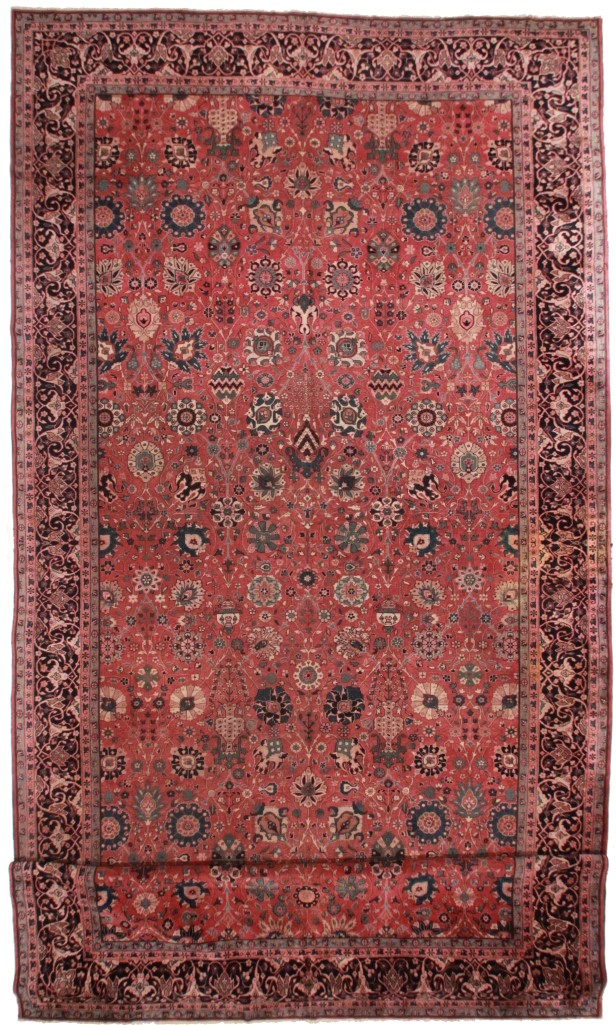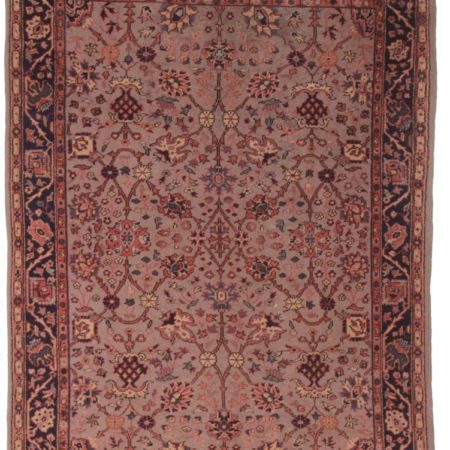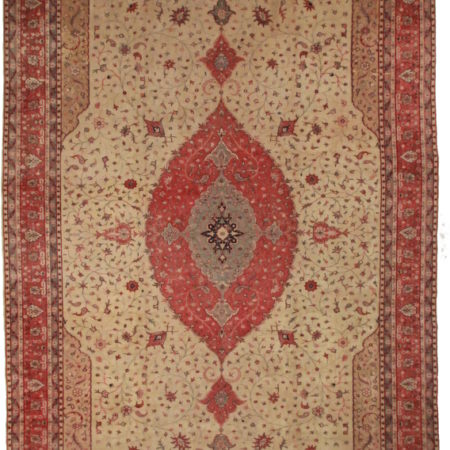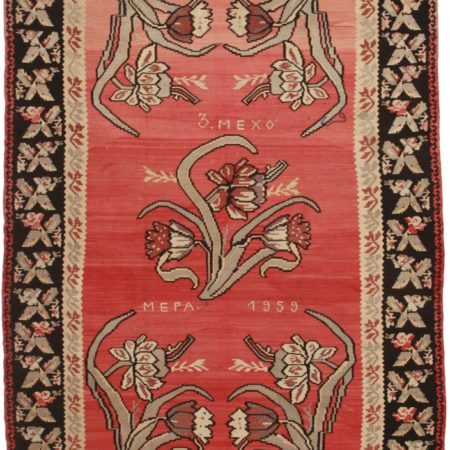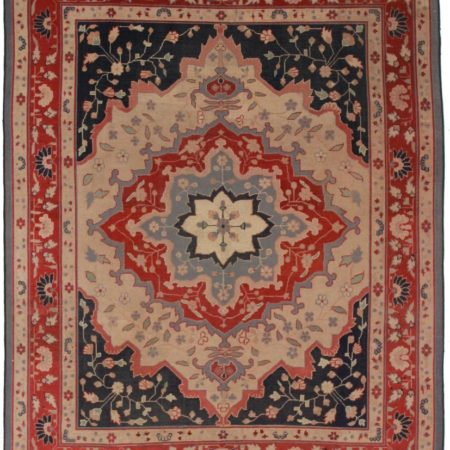Description
Large Turkish 12×25 Wool Oriental Rug 5280
Large Turkish 12×25 Wool Oriental Rug 5280. Hand knotted wool Over Size Oriental rug.
Size: 11′ 7″ x 25′ 3″
Turkish carpets form an essential part of Turkish culture. The history of its designs, ornaments and motifs reflect the political and ethnic history and diversity of the area. Carpet weaving represents a traditional art, that goes back to pre-Islamic times.
The carpets are distinguished by the dyes, colors, designs, textures and techniques used in the making. They are tied with the Turkish or symmetrical knot. The earliest known examples date from the thirteenth century. They are woven in workshops, villages, tribal settlements and by nomads. For many years they have been subject to art historic and scientific interest. In the late twentieth century, the traditional art of carpet weaving was revived. Once again, they began to use hand spun, naturally dyed wool and traditional, tribal designs. It requires considerable time, from preparation, spinning, dyeing of the wool to setting up the loom, knotting each knot hand by hand and finishing the carpet before it goes to the market. Turkish rugs remain distinguishable from carpets woven in other regions, because of their double knot, color scheme and pattern features that make them recognizable. They have maintained and revived their distinct identities reflecting strong, diverse and colorful nation. It can take anywhere from months to years to complete a rug depending on the pattern. Sheep wool is most frequently used in the making because it is soft, durable and easy to work with. Natural wool colors are white, brown, fawn, yellow and gray, some are used directly without dyeing. The colors are also natural, for example, red could come from roots and yellow from onions. This rug has an all-around border of varying colors, it has blue and pink on the outside, and a black and ivory motif throughout the inside. In the inside of the rug there is soft red with different black, ivory and blue floral designs. There is also a leaf like pattern that joins each flower together making its one overall pattern.
